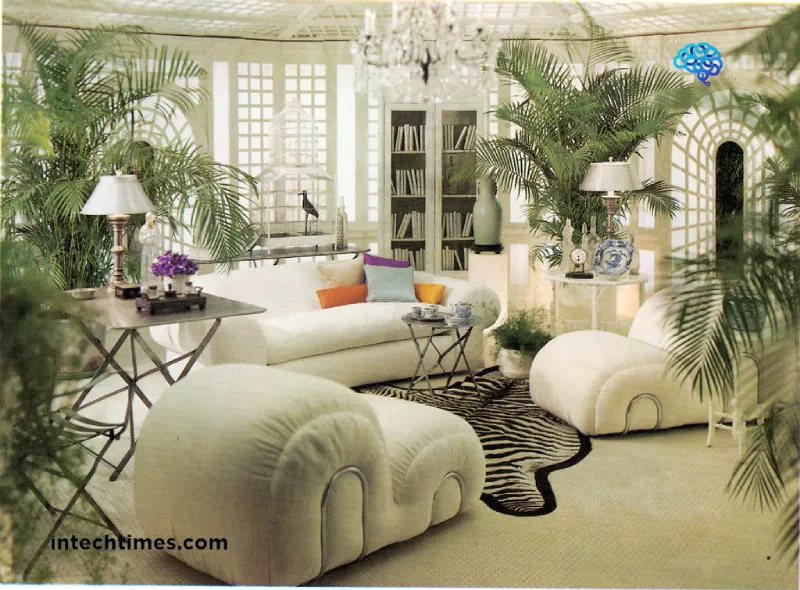The Emotional Influence of Colors
Beyond personal preference, color choices in a home’s interior hold the power to influence our day-to-day experiences. How a room’s hue can lift spirits or calm nerves is not new; instead, it taps into deeply rooted psychological triggers. It is exemplified by how warm hues like red can excite and stimulate, making them fit for spaces designed for interaction and entertainment. Conversely, cooler tones often foster concentration and relaxation – ideal for bedrooms and baths with a desired tranquil ambiance. These emotional connections to color are why it’s beneficial to consult with color experts, like the Colorado Commercial & Residential Painting team when deciding on a palette for your space.
Color Choices for Different Spaces
The function of a specific room should guide the color selection process. A study underscores the importance of contextual color application. For instance, a calming azure might be just the ticket for a soothing bedroom escape, while a vibrant citrus might spark the creativity needed in a home studio. Lighting also plays a critical role, with natural daylight altering the visual impact of a chosen paint. For this reason, paint professionals emphasize understanding the interplay between light and pigment in transforming spaces.
Color Trends and Their Psychological Underpinnings
Color trends ebb and flow as public sentiment shifts and cultural dynamics change. For example, a resurgence of earth tones may reflect a collective craving for grounding and a connection to nature. Knowing why specific colors are in style at the right time can help homeowners select stylish color schemes subtly in line with the larger emotional milieu. Analyzing design magazines and reports can help predict upcoming trends and understand their psychological roots, aiding individuals in making aesthetically pleasing and emotionally intelligent design decisions.
Selecting Colors for a Harmonious Home
Achieving harmony within a home requires a thoughtful approach to color mixing and layering. Cohesion is vital; one should create a continuous visual narrative from room to room. Using the color wheel as a guide for selecting complementary and analogous combinations is a solid foundation. However, it’s also essential to consider the subtleties of shade and tone. Accent colors should be used judiciously, with a mind to maintain balance without dulling each space’s unique character. With a harmonious color scheme, residents and guests will subtly feel at ease as they move through the home.
Adapting Colors to Personal Taste and Lifestyle
While staying aware of color trends and understanding the general effects of colors is valuable, the final choices should genuinely resonate with the individual’s style and life. A color that may be trendy but doesn’t resonate with a homeowner’s personality is less likely to create a satisfying living environment. It’s about finding that sweet spot where one feels at home, a color representing the dweller supporting their lifestyle and evoking the right mood and emotions for their daily activities.
Visit the rest of the site In Tech Times for more interesting and useful articles.




